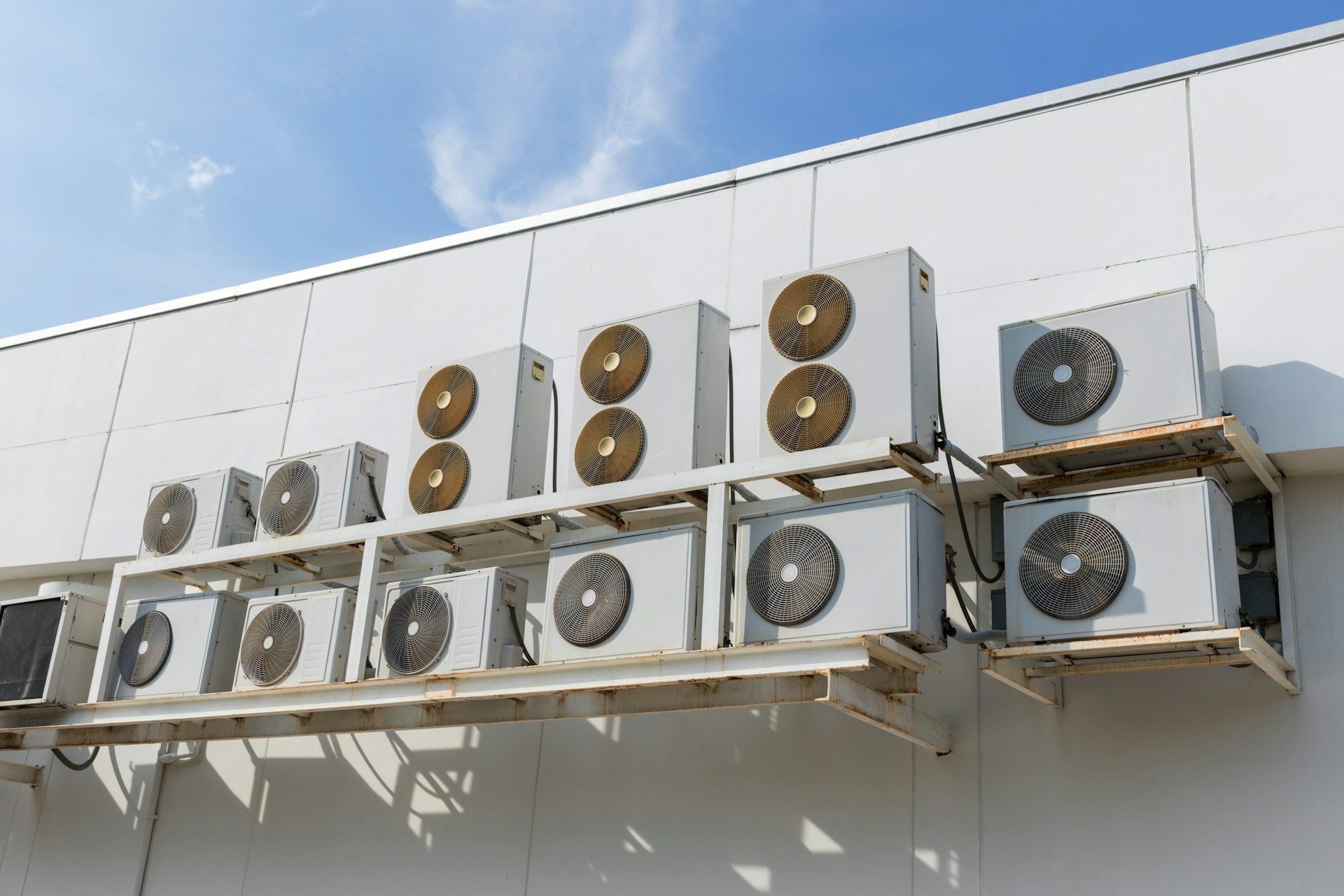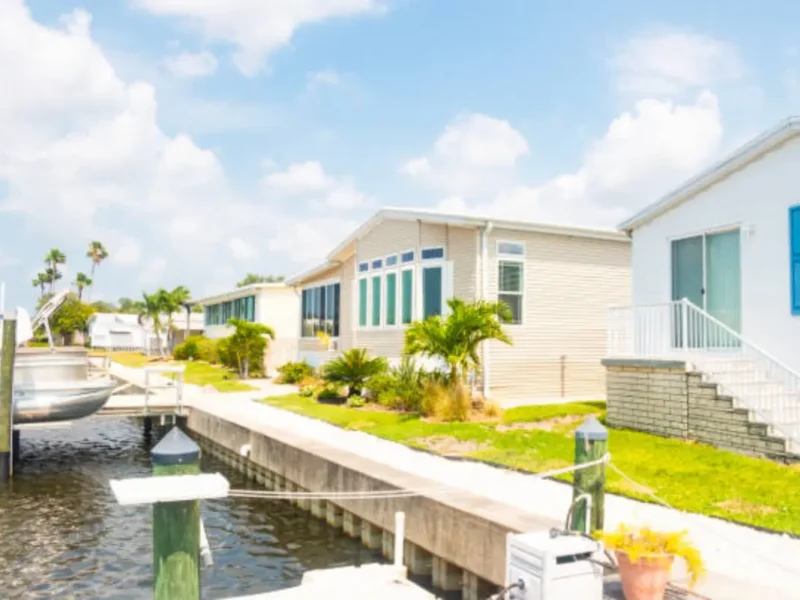home furnace can be powered either by natural gas or heating oil today. With a connection through ductwork, the heating ideally makes it to every part of the house, especially when built with a central heating and air conditioning system design.
That said, heating is only as good as the source, and when the furnace is acting up, then the rest of the house suffers. That said, problems with heating aren’t always the furnace. Everything connected to it has an impact as well.
Signs of Furnace Problems or Ducting Issues
One of the most common issues tends to be uneven heating in the house. One room is stifling hot and another is cold and chilling regardless of the heater blowing. In these situations, the furnace is definitely working, but the ducting may have come loose, been pinched or is blocked. It’s a repair that requires someone to go up into the attic and check the ducting for the problem room to eliminate that possibility.
A contributing problem could be the blower struggling to push the heat through the duct system. Normally, the furnace generates the heat, and a blower creates the pressure to move it out through the grid to every room. In old homes, the furnace was in the basement making it easier for rising heat to come through the floor registers into the rooms.
Modern homes have the heater in the attic, and the blower pushes it down into the rooms throughout the house. If the blower is weakening or can’t produce sufficient pressure, rooms closest may get heat, but those farther away won’t get much of anything.
Total loss of heating is very much associated with the furnace itself. But this could still be the result of a safety shutoff in many modern systems. A clogged air filter, burning smells, malfunction in another part or similar sensor tripping will shut off a furnace and make it non-responsive.
A homeowner won’t be able to tell just from the controls alone. It takes a technician to go up, find the fault, reset, test and confirm the cause.
Repairs are Confirmed
In the case where professional furnace repairs are a must, then it’s time to bring in a licensed HVAC team to address the matter. And, depending on the age of the system in total, it could end up combining the entire furnace, equipment and air conditioner in one replacement.
Since systems are installed as kits, this makes a lot of sense as a full system upgrade. This way the homeowner is not end up with multiple repairs as each part of a system fails over time.
Alternatively, a furnace repair on its own definitely needs a technician to work on it. Most furnaces now are sold through dealership with licensed personnel on deck for the installation.
This approach is almost always the better way to go, especially when dealing with furnace fuel sources like heating oil or natural gas. It’s not worth the chances of trying a do it yourself and forgetting to handle a connection properly, putting the home and family at risk.
Add Protections With Professional Help
With a professional HVAC installation, a homeowner is also protected by possible bad parts, incorrect installation or malfunction. The HVAC vendor has to come back and handle the repairs. The same can’t be said for a self-installation using big box store parts and inventory.
No one at the hardware store is going to provide a recovery for an installation mistake by a homeowner or handyman. Play it safe, keep your house warm in all the rooms, and let the professional HVAC teams handle the installation. You will have peace of mind, and your home will have reliable heating.



